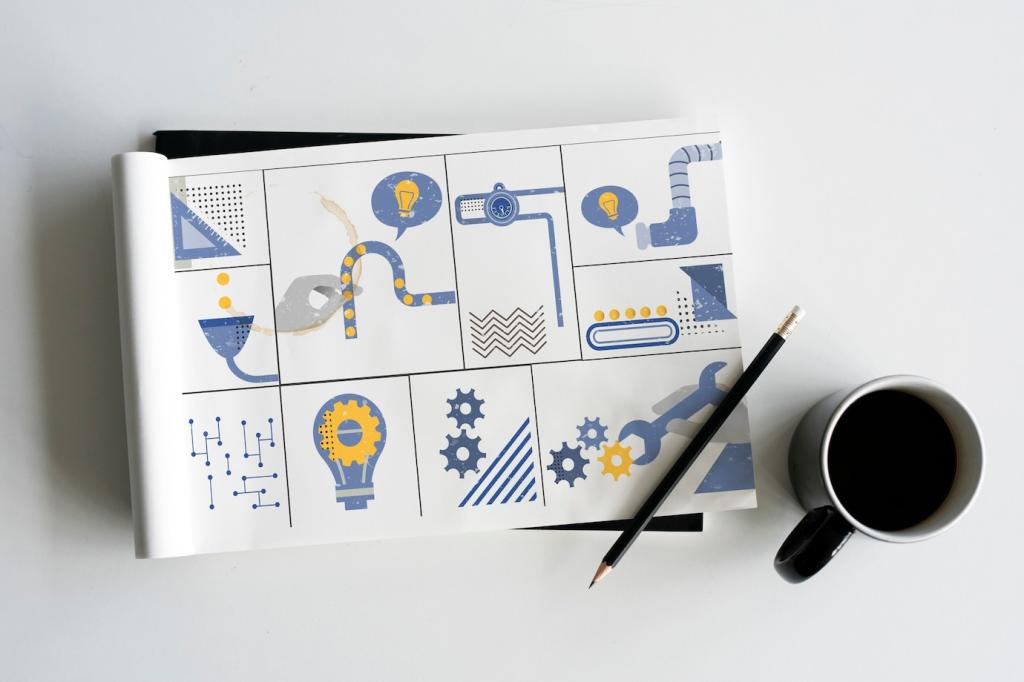Writing Service Descriptions for Interior Designers
Chosen theme: Writing Service Descriptions for Interior Designers. Give your services the voice they deserve—clear, elegant, and persuasive. Discover techniques, stories, and structures that help prospective clients feel at home with your process and eager to start. Subscribe for fresh copy inspiration tailored to discerning design studios.
Define Your Signature Service Style
Clients don’t buy line items; they buy outcomes. Describe how your service transforms cramped rooms into breathing space, mismatched furnishings into harmony, and daily routines into rituals. Invite readers to comment with one change they most crave.
Define Your Signature Service Style
Write to a specific client profile, not the entire world. Are they busy professionals seeking turnkey execution, or design-savvy homeowners wanting collaboration? State priorities clearly, and ask readers to share their top decision factor in hiring a designer.
Define Your Signature Service Style
Show your distinctive milestones—concept boards, procurement finesse, on-site choreography, or white-glove installs. Keep it human, not technical. Encourage visitors to subscribe for workflow templates that translate complex steps into calm, confidence-building copy.
Structure That Sells Without Shouting
Open with one sentence that captures your result and signature feel. Avoid vague claims. For example, promise a home that functions beautifully Monday through Friday and feels like a boutique hotel on Saturday. Ask readers to draft and share their version.
Structure That Sells Without Shouting
Use short, descriptive subheads such as Scope, Timeline, Collaboration, and Deliverables. Keep paragraphs lean and meaningful. Invite readers to vote on which subheads help them navigate most quickly, and suggest alternates that fit their studio.




Storytelling That Lets Clients Picture Home
Swap phrases like functional programming for tiny scenes: a toddler reaching the low drawer of art supplies, or a couple setting down market flowers on a reclaimed console. Invite readers to submit a favorite daily ritual to inspire a vignette.
Storytelling That Lets Clients Picture Home
Pair images with emotional contrasts: cluttered mornings become calm routines; echoey rooms become conversational nooks. Ask readers to comment with one feeling they want their next project to deliver, then subscribe for a vocabulary list of mood words.
Voice, Tone, and Brand Vocabulary
Full-service design might feel composed and luxurious; e-design can be warm and approachable. Define tone by service so expectations match experience. Invite readers to download tone prompts and share a sentence they refined.
Target phrases clients actually use: interior designer for small apartments, kitchen layout consultation, or modern coastal living room. Invite readers to request a seed keyword list and share their locale to refine suggestions.

Pair Copy With Visuals and Layout
Design Captions That Carry Meaning
Move beyond listing sources. Explain why choices work: low-sheen paint for softness, ribbed glass for privacy, or asymmetry for energy. Invite readers to post a photo and we’ll suggest a story-driven caption on our newsletter.
Use Hierarchy to Serve the Skimmer
Place promise up top, proof in the middle, and process near the end. Bold only what matters. Encourage visitors to test two layouts and share which one leads them to the inquiry button faster.
Accessibility as a Design Value
Readable contrast, descriptive alt text, and plain-language summaries welcome more people into your work. Ask readers to pledge one accessibility improvement this week and reply with results to be highlighted in a future roundup.
Ethical Persuasion and Subtle Proof
Promise what you routinely deliver: smoother mornings, cohesive palettes, or turnkey installs. Tie each claim to a step in your method. Share one measurable improvement your clients notice and we’ll craft a defensible line together.

